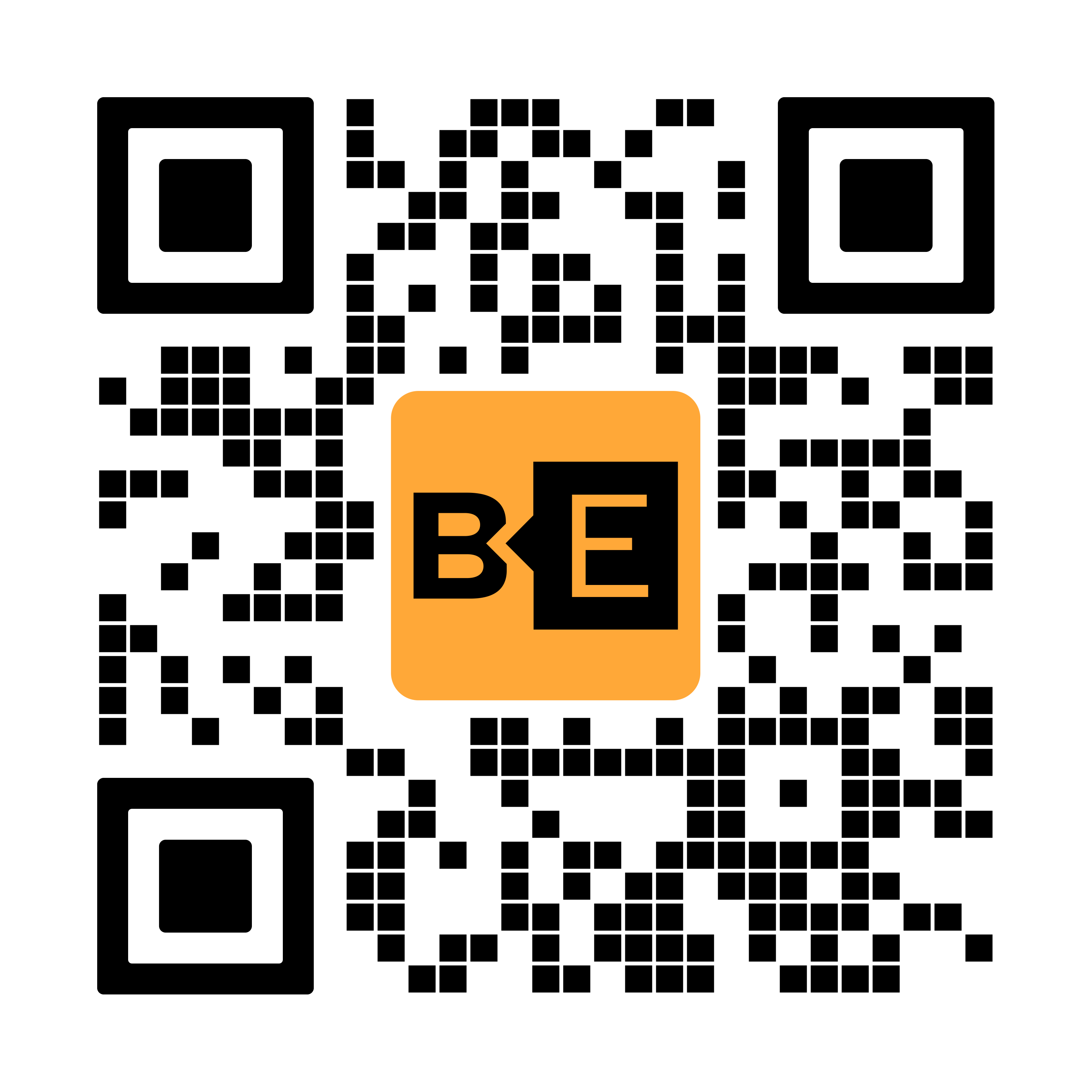Cryptography for Blockchain Technology
In this course, one will learn why blockchains are cryptographically secure. The basics of crypto currencies and what cryptographic building blocks are used for. It will explain the way blockchain technology works and especially why it is more secure than current payment systems like PayPal or banking. On top of that, certain techniques that are used to provide anonymity in the public domain of blockchain technologies and why this is possible will be introduced. This course requires fundamentals in mathematics which are usually covered by a high school degree. The knowledge of how to use a computer, however, is not necessary since the focus will be on the conceptual aspects of crypto currencies.
Learning objectives:
- Understand where and how cryptography is used in the blockchain
- Understand why blockchain is secure
- Know how blockchain is protecting your privacy
Why should you take this course?
- Blockchain offers more security than banking
- Condensed knowledge provides the perfect starting point
- Quizzes offer the opportunity to track your process and gain a certificate
Lecturer
Cedric Mössner is a lecturer on e-learning platforms like Youtube, Udemy and more. He studied computer science at the Institute of Technology in Karlsruhe with a focus on cryptography, IT security and Machine Learning. Since 2012, he has been teaching people about the fascinating aspects of computer science. Crypto currencies interest him since they are an important tool in the current online society. He believes in an honest tool which does not enable privileges for individuals. Furthermore, it should provide accessibility for platforms such as Wikileaks, which support society with insider knowledge, that everyone should be able to access. Additionally, crypto currencies provide the anonymity that people are constantly losing due to increased surveillance. Hence, he wishes to educate as many people as possible and demonstrate the advantages of this technology.
- Antonopoulos, A. M. (2017): Mastering Bitcoin: Programming the open blockchain.
- Bitcoin Wiki (2010): https://en.bitcoin.it/wiki/Main_Page
- Nakamoto, S. (2008): Bitcoin a peer to peer electronic cash system https://bitcoin.org/bitcoin.pdf
- Buterin, V. (2014): Ethereum white paper: a next generation smart contract & decentralized application platform. https://github.com/ethereum/wiki/wiki/White-Paper
- Alonso, K. M. (2018): Zero to Monero.A technical guide to a private digital currency; for beginners, amateurs, and experts. https://www.getmonero.org/library/Zero-to-Monero-1-0-0.pdf
- Hopwood, D., Bowe, S., Hornby, T., & Wilcox, N. (2019): Zcash protocol specification. https://github.com/zcash/zips/blob/master/protocol/protocol.pdf
- Mahabadi, L. (2011): “Introduction to Modern Cryptography” by Jonathan Katz and Yehuda Lindell Chapman & Hall CRC.
- Whonix (2019): https://www.whonix.org/wiki/Speculative_Tor_Attacks
- Merkle, R. C. (1989): One way hash functions and DES. In Conference on the Theory and Application of Cryptology.
- Lu, J., Kim, J., Keller, N., & Dunkelman, O. (2006): Related-key rectangle attack on 42-round SHACAL-2.
- Duong, T., & Rizzo, J. (2009): Flickr’s api signature forgery vulnerability.
- Khovratovich, D., Rechberger, C., & Savelieva, A. (2012): Bicliques for preimages: attacks on Skein-512 and the SHA-2 family.
Ratings and Reviews

- 5 Kapitel
- 48 Lektionen
- 5 Stunden
- Deutsch

.png?width=288&height=144)
.png?width=288&height=144)
